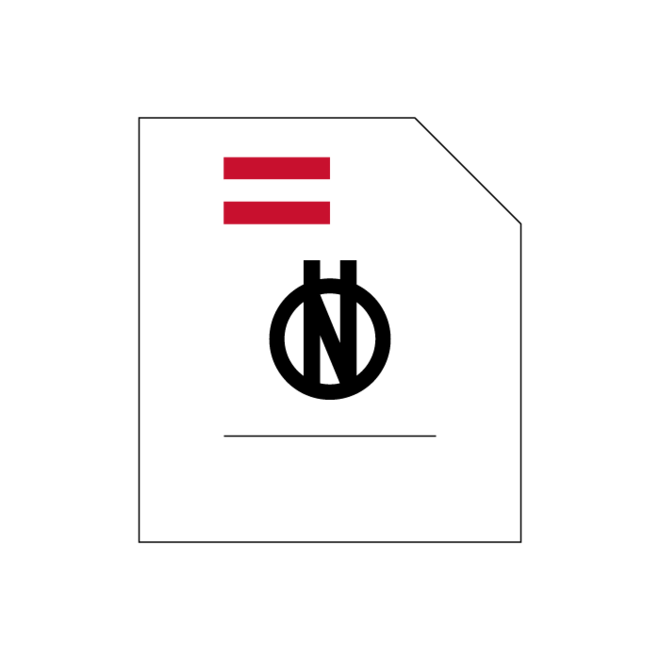Please select and order
€98.22
excl. VAT
Add to cart
Norm
ÖNORM EN 16603-32-10
Issue date: 2014 10 01
Space engineering - Structural factors of safety for spaceflight hardware
The purpose of this Standard is to define the Factors Of Safety (FOS), Design Factor and additional factors to be used for the dimensioning and design verification of spa...
Withdrawn: 2020 09 01
§ Legal References
Publisher:
Austrian Standards International
Format:
Digital | 24 Pages
Language:
English
Currently valid:
Optionally co-design standards:
ICS
The purpose of this Standard is to define the Factors Of Safety (FOS), Design Factor and additional factors to be used for the dimensioning and design verification of spaceflight hardware including qualification and acceptance tests.
This standard is not self standing and is used in conjunction with the ECSS-E-ST-32, ECSS-E-ST-32-02 and ECSS-E-ST-33-01 documents.
Following assumptions are made in the document:
- that recognized methodologies are used for the determination of the limit loads, including their scatter, that are applied to the hardware and for the stress analyses;
- that the structural and mechanical system design is amenable to engineering analyses by current state-of-the-art methods and is conforming to standard aerospace industry practices.
Factors of safety are defined to cover chosen load level probability, assumed uncertainty in mechanical properties and manufacturing but not a lack of engineering effort.
The choice of a factor of safety for a program is directly linked to the rationale retained for designing, dimensioning and testing within the program. Therefore, as the development logic and the associated reliability objectives are different for:
- unmanned scientific or commercial satellite,
- expendable launch vehicles,
- man-rated spacecraft, and
- any other unmanned space vehicle (e.g. transfer vehicle, planetary probe)
specific values are presented for each of them.
Factors of safety for re-usable launch vehicles and man-rated commercial spacecraft are not addressed in this document.
For all of these space products, factors of safety are defined hereafter in the document whatever the adopted qualification logic: proto-flight or prototype model.
For pressurized hardware, factors of safety for all loads except internal pressure loads are defined in this standard. Concerning the internal pressure, the factors
of safety for pressurised hardware can be found in ECSS-E-ST-32-02.
For loads combination refer to ECSS-E-ST-32-02.
For mechanisms, specific factors of safety associated with yield and ultimate of metallic materials, cable rupture factors of safety,
stops/shaft shoulders/recess yield factors of safety and limits for peak Hertzian contact stress are specified in ECSS-E-ST-33-01.
Alternate approach
The factors of safety specified hereafter are applied using a deterministic approach i.e. as generally applied in the Space Industry to achieve the structures standard reliability objectives.
Structural safety based on a probabilistic analysis could be an alternate approach but it has to be demonstrated this process achieves the reliability objective specified to the structure.
The procedure is approved by the customer.
This standard may be tailored for the specific characteristics and constraints of a space project in conformance with ECSS-S-ST-00.
ÖVE/ÖNORM EN 16603-32-10
2020 09 01
Space engineering - Structural factors of safety for spaceflight hardware
Norm
ÖNORM EN 16603-32-10
2014 10 01
Space engineering - Structural factors of safety for spaceflight hardware
Norm
↖
Norm
Issue date :
2014 10 01
Space engineering - Structural design and verification of pressurized hardware
Norm
Issue date :
2020 09 01
Space engineering - Structural factors of safety for spaceflight hardware




